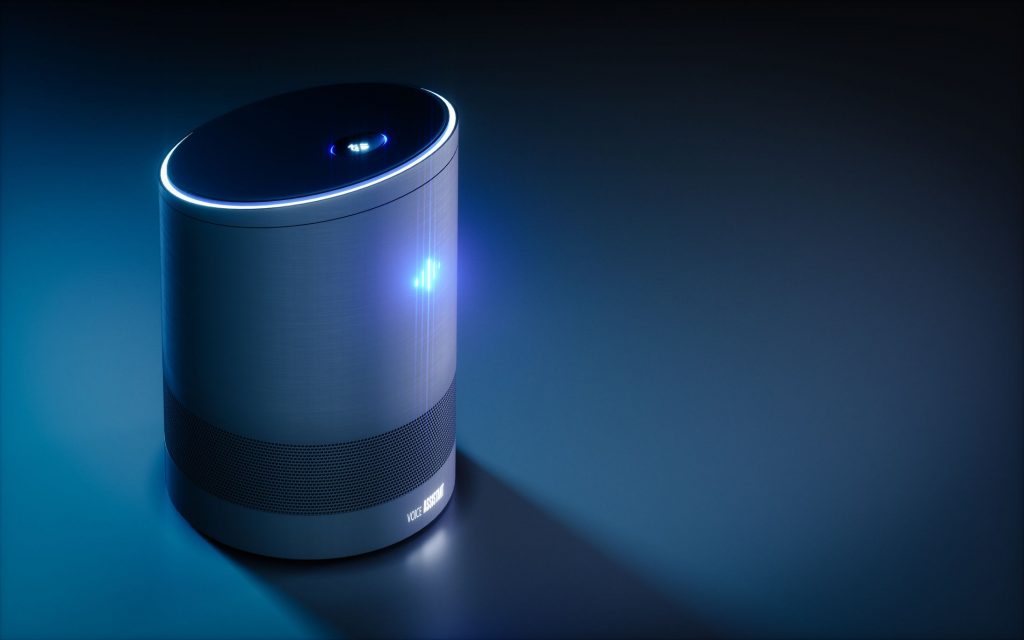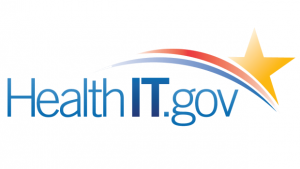Many of the latest innovations in technology involve improving communication. That goes beyond ensuring different computer systems can talk to each other. Rather, it attempts to enable machines to communicate better with humans.
This is an important topic in machine learning and artificial intelligence. One area that has made important strides in bridging the gap between man and machine is Natural Language Processing (NLP).
Originally, NLP involved writing programs that allowed machines to read. Now, it refers to the ability of machines to generate communications on their own that can be understood by humans. It also includes a computer system’s ability to understand human slang, mispronunciations and misspellings.
How NLP is Being Used
One example almost everyone is familiar with involves Google. The search engine can tell what you are searching for even when you misspell one or more of the words in your search phrase.
In NLP, computer systems store and analyze enormous amounts of text to determine both formal rules of language as well as frequently used slang. It can even pick out the linguistic patterns of specific people, if given enough information.
Computers then use this data to determine what is coming next while you type – or what you meant by what you typed. This works not only in search engines, but in chat programs such as Slack. A type of NLP also works for spellcheck, which compares what you typed to what the system has stored in its data.
Voice recognition also involved NLP, such as in Alexa. These systems learn to recognize certain phrases and respond accordingly.
NLP in Healthcare
No industry may benefit more from NLP than healthcare.
One of the key issues involved in electronic healthcare records (EHRs) is trying to get unstructured data such as doctor’s notes into the system in a way that is standardized. Voice recognition may prove helpful in this area, allowing medical professionals to speak about clinical findings rather than writing or typing everything.
NLP also could save doctors from time spent on documentation for EHRs and other clerical work.
With the ability to quickly scan documents and understand the meaning – plus a large amount of storage space for data – NLP-equipped machines could provide solutions to many other healthcare challenges. For example:
- Quickly summarizing lengthy clinical notes or academic journal articles
- Converting data from machine readable to something that can be read and understood by humans
- Providing answers to medical questions that involve quickly researching data from multiple sources
Clinical Decision Support
Perhaps no area is more important the use of NLP in clinical decision support. Essentially, this means the ability to provide accurate, understandable recommendations on clinical decisions based on data.
IBM Watson is providing some of the best-known examples. By searching through 21 million healthcare records in just six weeks, Watson was able to identify more than 8,000 patients who were susceptible to developing congestive heart failure within a year. The program had an 85% success rate, according to Health IT Analytics.
Potential Issues
Even with the promise of NLP, errors remain an issue. A study published in July 2018 in the JAMA Network Open found that NLP programs using voice recognition to create clinical notes made errors more than 7% of the time. However, that dropped to 0.4% when a human being reviewed the transcript.
Many of the errors could have led to putting a patient’s safety in jeopardy. The largest number of errors involved medications and summary discharge reports. The report states that this “demonstrates the importance of manual editing and review.”
Clearly, NLP technology has not reached the level of accuracy, completeness and legibility that is required. However, as work in the field continues and NLP systems are improved, they could have a positive impact on the complicated issue of collecting, managing and sharing EHR data.



